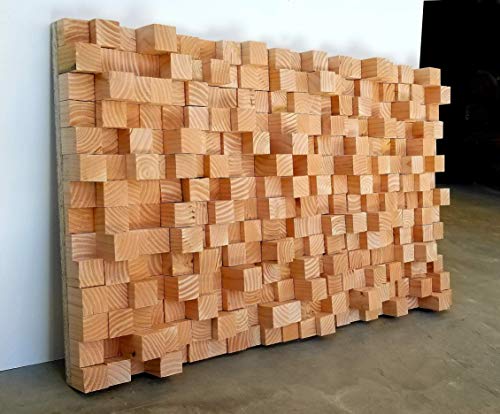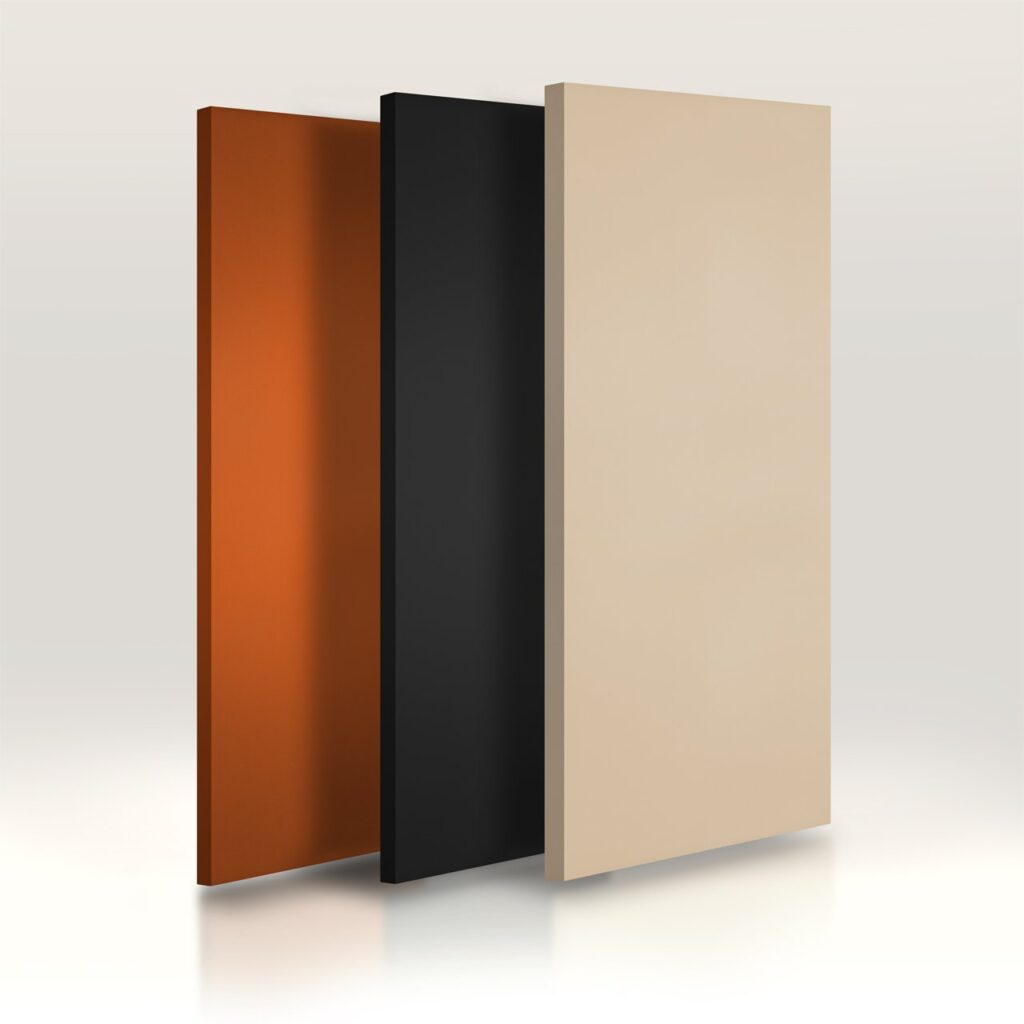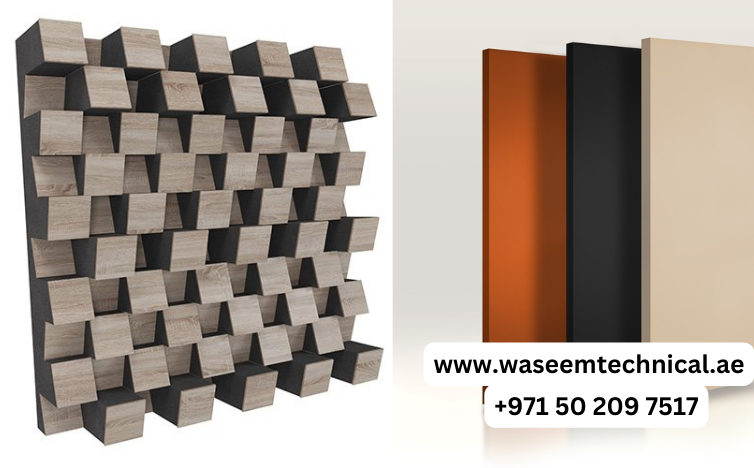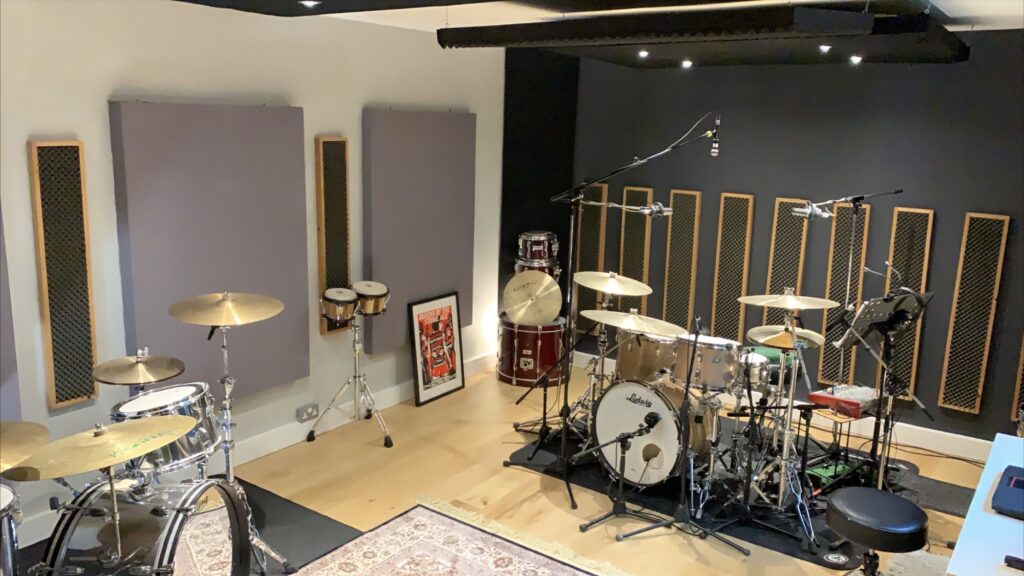In the realm of acoustic treatment, the terms “sound diffuser” and “acoustic panel” are frequently used interchangeably, leading to confusion regarding their purposes and functionalities. Both are crucial components in creating optimal sound environments, but they serve distinct roles in managing sound reflections and reverberations. To demystify their disparities and understand their individual contributions to sound treatment, it’s imperative to delve into their characteristics, functions, and applications.
Sound Diffuser

Characteristics:
Sound diffusers are intricately designed structures with irregular surfaces or patterns. These surfaces scatter sound waves in various directions, breaking up the coherence of sound reflections. They come in a multitude of shapes, sizes, and materials, including wood, plastic, and metal. Each design is engineered to diffuse sound waves across a wide frequency range.
Functions:
The primary function of a sound diffuser is to mitigate the buildup of sound waves in specific areas within a room. By scattering sound reflections, diffusers minimize the formation of standing waves and flutter echoes, thereby enhancing sound clarity and spatial perception. Unlike absorptive materials, diffusers do not absorb sound energy; instead, they redistribute it evenly throughout the space, creating a balanced acoustic environment.
Applications:
Sound diffusers find application in various settings where sound quality and intelligibility are paramount. They are commonly employed in recording studios, auditoriums, concert halls, and home theaters to optimize the acoustics of the space. Additionally, diffusers are utilized in critical listening environments such as control rooms and mastering studios to minimize the adverse effects of room resonances on audio monitoring.
Acoustic Panel

Characteristics:
Acoustic panels, also known as sound absorption panels or absorbers, are porous materials designed to absorb sound energy. They typically consist of sound-absorbing materials such as foam, fiberglass, or mineral wool encased in fabric or perforated panels. The thickness, density, and composition of the material determine the panel’s absorption coefficients across different frequencies.
Functions:
The primary function of acoustic panels is to reduce the level of sound reflections within a room by absorbing sound energy. By mitigating reverberations and controlling excessive noise, panels improve speech intelligibility, minimize auditory fatigue, and create a more conducive environment for communication and concentration. Unlike diffusers, which disperse sound waves, panels attenuate sound energy by converting it into heat through friction within the absorptive material.
Applications:
Acoustic panels are indispensable in environments plagued by excessive reverberation and noise, such as offices, classrooms, restaurants, and commercial spaces. They are strategically installed on walls, ceilings, and sometimes floors to target specific frequencies and address problematic acoustic issues effectively. Additionally, acoustic panels are integral components of soundproofing systems designed to isolate sound between adjacent spaces, ensuring privacy and noise control.
Distinguishing Features:
- Functionality: While sound diffusers scatter sound waves to create a more diffuse acoustic field, acoustic panels absorb sound energy to reduce reverberation and control noise levels.
- Design: Sound diffusers feature intricate patterns or irregular surfaces, whereas acoustic panels consist of porous materials encased in fabric or perforated panels.
- Effectiveness: Diffusers are effective in treating mid and high-frequency reflections, whereas panels excel in absorbing a broad spectrum of frequencies, including low frequencies.
In Conclusion
Understanding the disparity between sound diffusers and acoustic panels is crucial for implementing effective sound treatment solutions. By leveraging the unique characteristics and functionalities of each component, designers and acousticians can tailor acoustic environments to meet specific requirements and achieve optimal sound quality. Whether it’s creating immersive listening experiences in entertainment venues or fostering productive work environments in office spaces, the judicious integration of diffusers and panels plays a pivotal role in shaping our auditory experiences.
Contact Waseem Muhammad Technical Soundproofing Expert in Dubai: +971 50 209 7517
FAQs:
Which is more effective for controlling echo in a room, diffusers, or acoustic panels?
Acoustic panels are more effective for controlling echoes and reverberations, especially in rooms with excessive noise and reverberation.
Can sound diffusers eliminate noise completely?
Sound diffusers cannot eliminate noise entirely but are effective in dispersing sound reflections and minimizing specific acoustic issues such as flutter echoes and standing waves.
Are acoustic panels suitable for home recording studios?
Yes, acoustic panels are commonly used in home recording studios to improve sound quality by reducing unwanted reflections and reverberations.
Can sound diffusers be used outdoors?
While sound diffusers are primarily designed for indoor use, outdoor diffusers made of weather-resistant materials can be employed in certain applications such as open-air concert venues or amphitheaters.




